Last Updated on May 10, 2021
So, how did Asia’s first oil refinery get its name? You heard it right – Digboi.
The year: 1882
Engineers, commissioned by the Assam Railways and Trading Company (AR&TC), were using elephants to haul the tracks amidst the swampy dense forests of north-eastern Assam. They were extending the railway line from Dibrugarh to Margherita. The AR&TC had earlier established tea gardens, coal mines, and timber mills and were already trading tea and coal in Assam.
Suddenly, they noticed that one of the elephant’s feet was covered with oil. Retracing the trail of the footprints, they found oil seeping out of the swampy surface of the forest floor. One of the engineers, William Lake, shouted “dig, boy, dig” at his men as they watched the elephants emerging out of the dense forest with oil stains on their feet. Lake assembled equipment, boilers, and local labour and engaged the elephants to haul the machinery to the forest.
To sum up, Digboi gets its name from the phrase “dig-boy-dig,” which is what the Sahibs told the labourers to do as they dug for crude oil. Assam Oil Company was formed in 1899 to look after the running of the oil business in this area. Work on the first well started in September 1889. However, it took more than a year for the well, locally called the Discovery Well or Well No 1, to struck oil. Oil was found at a depth of 662 feet (202 m) in November 1890. The Digboi oil field produced close to 7,000 barrels of crude oil per day at its peak, which was during World War II.
However, the flow ceased in 1927, and the well was finally abandoned in 1932.
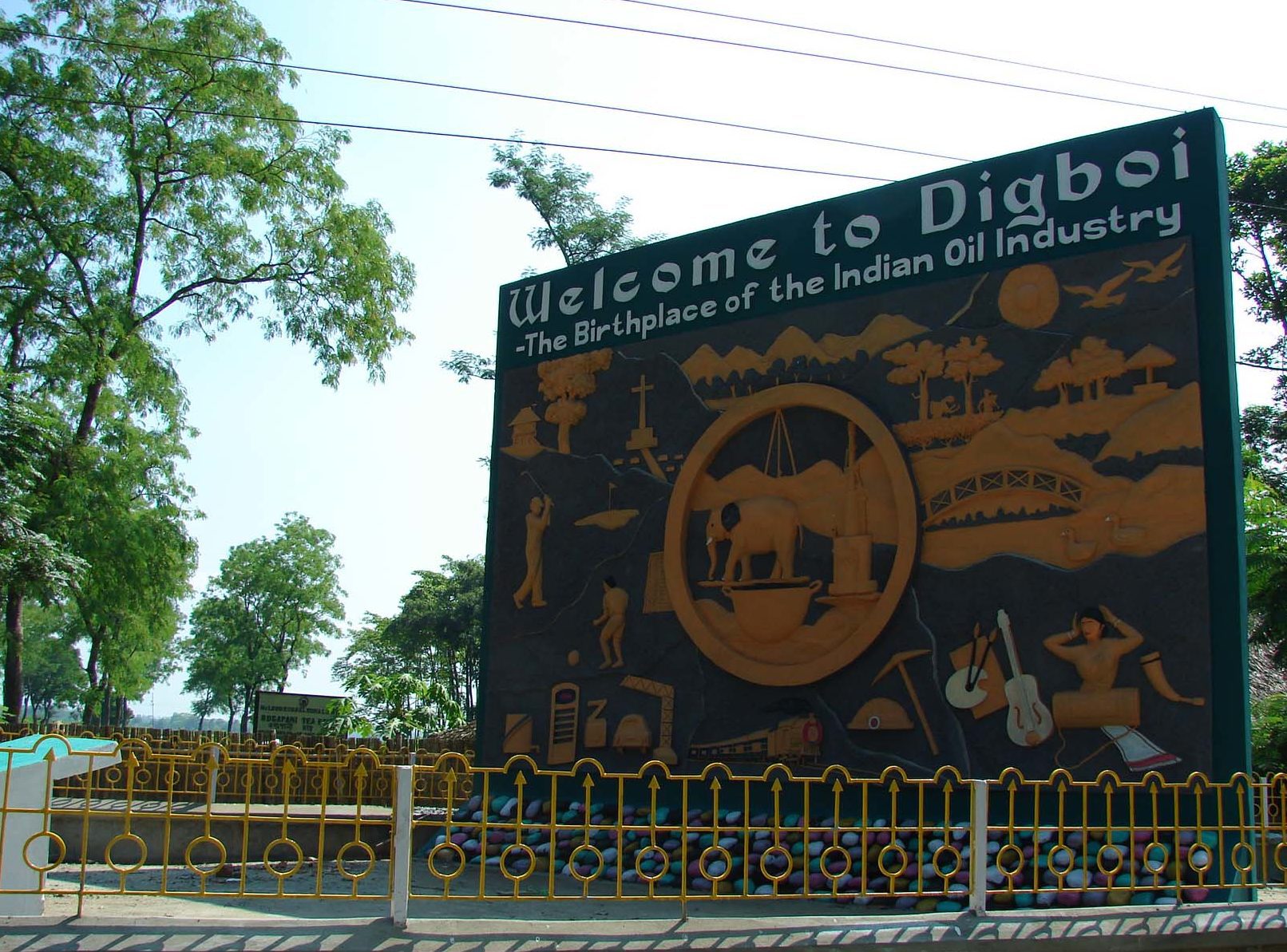
The year: 2011
We were on our way to Digboi, now the headquarters of the Assam Oil Division of Indian Oil Corporation Limited, following the same railway track laid by AR&TC. This was our 2nd day in Assam.
The previous day we had taken a flight to Dibrugarh from Bangalore and then drove down the AT road (NH 37) for about 48 km to Tinsukia.
We started from Tinsukia at 9 am. Our driver, Dasda, was apologetic about being late but with a good reason. He had attended the Navami celebrations that had gone on till early morning and had overslept.
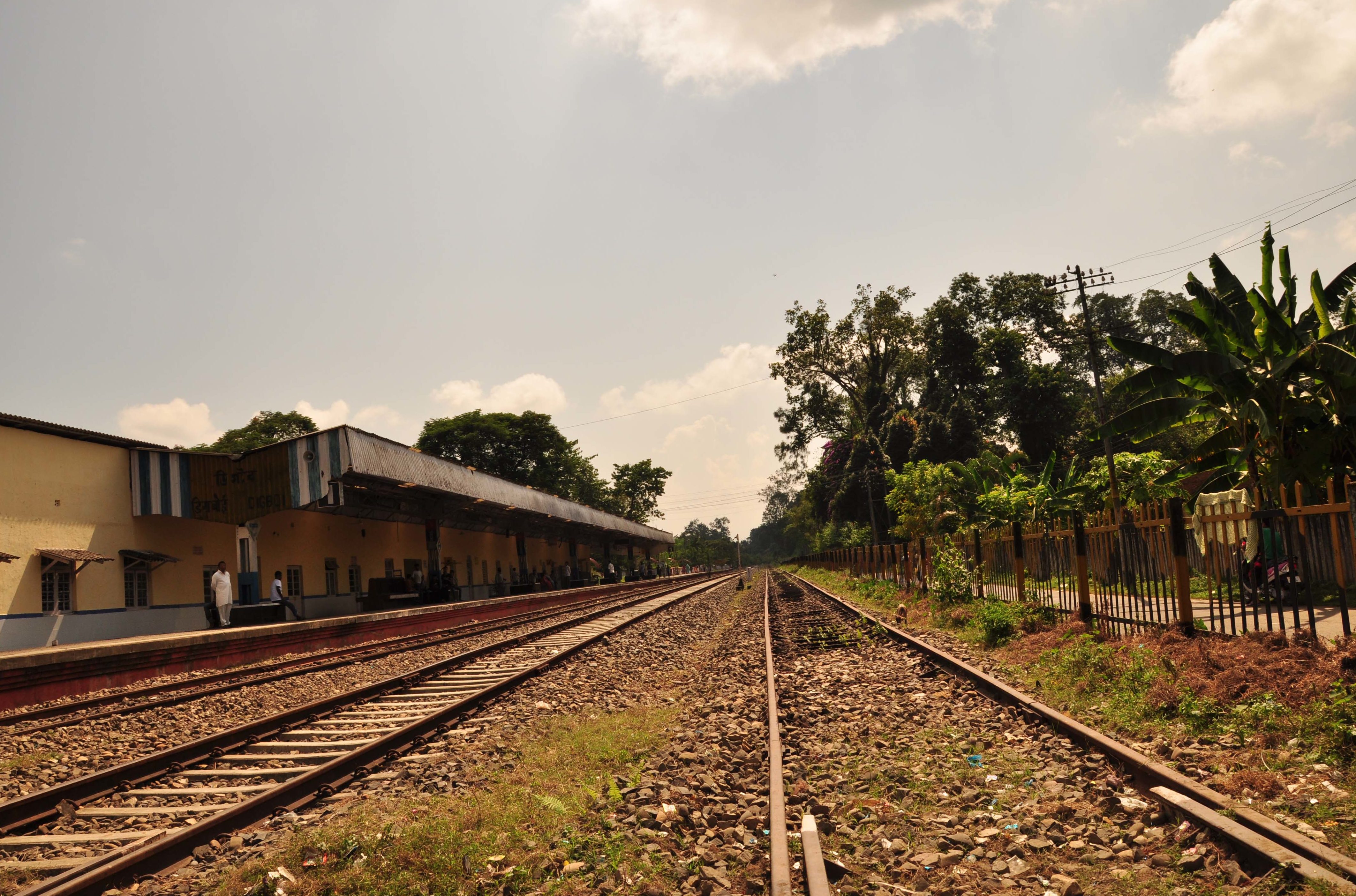
We followed the AT road till Makum junction, turn right, cross the railway track and then join the NH 38 all the way to Digboi. We drove through lush green paddy fields and tea gardens, passing small bamboo and wooden houses, some of them on stilts, with bamboo fences, the occasional concrete ones with asbestos roofs.

The roads bustled with men, women, and children dressed in their best attires made from the famous Assam Muga silk. They were getting ready for the Dashami puja.

We stopped at a railway gate signal to give way for the Ledo Express that travels all the way from Guwahati and terminates at Ledo.
Digboi still retains some of its colonial ambiences. Wide tree-lined roads, Victorian bungalows surrounded by well-maintained gardens, the Digboi Club and a world-class golf course with 18 holes. All gave this tiny picturesque town a well-planned look.
Digboi War Cemetery
Our first stop was the War Cemetery at Digboi.
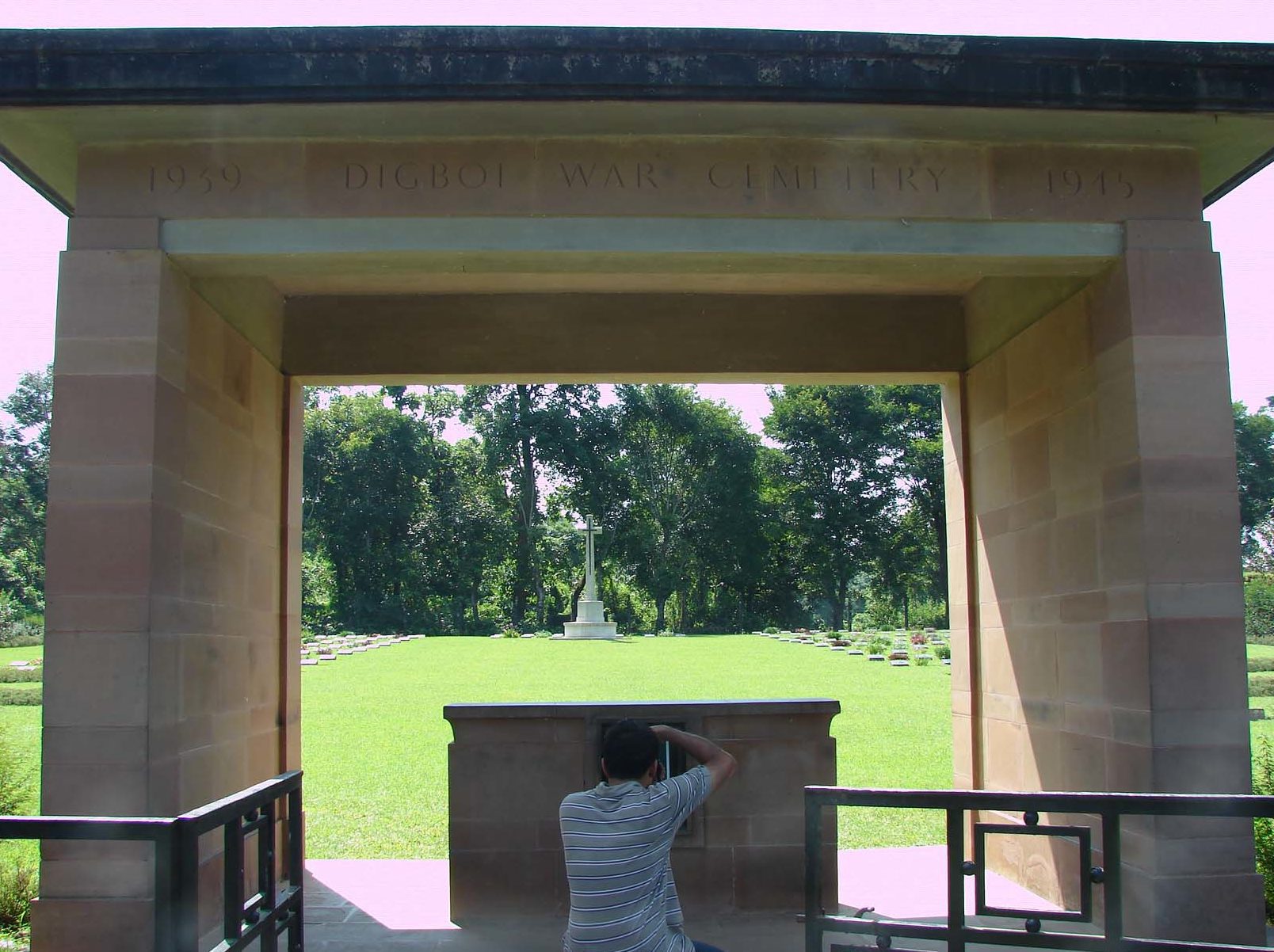
Just 1.5 km from the Indian Oil Centre, on the road to the Pengaree Tea Estate, lies the sad remnants of the Second World War. The cemetery has around 191 identified burials and a few unidentified ones. The burials belong to soldiers of the allies of the Second World War, mostly Indian and British.
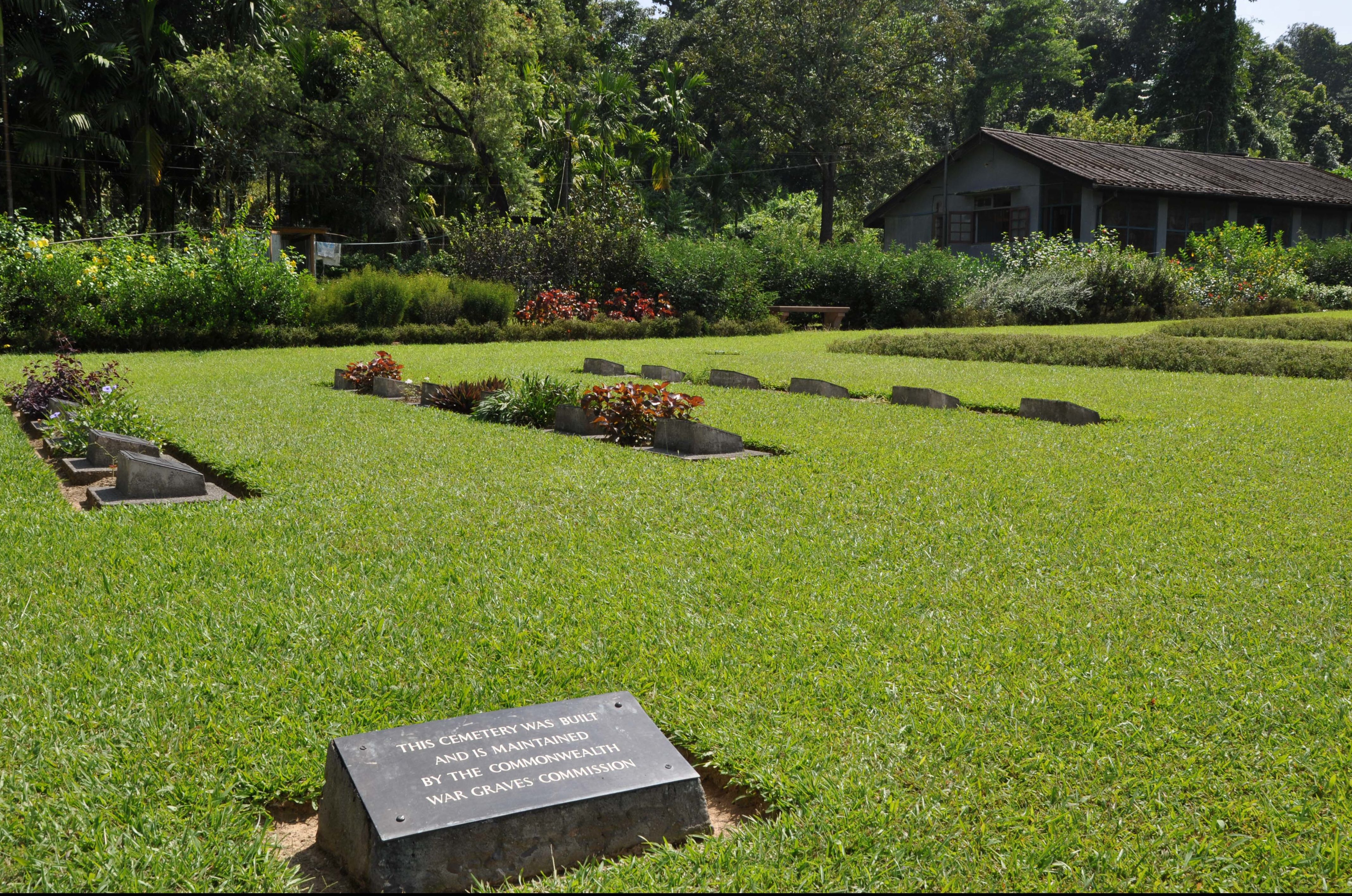
The memorial is maintained by the Common Wealth War Graves Commission that manages around 2,500 cemeteries around the world to commemorate those who died in the two world wars.
An iron gate took us to a sandstone arch which further lead us to a well-manicured lawn. A huge marble cross stood in the centre.
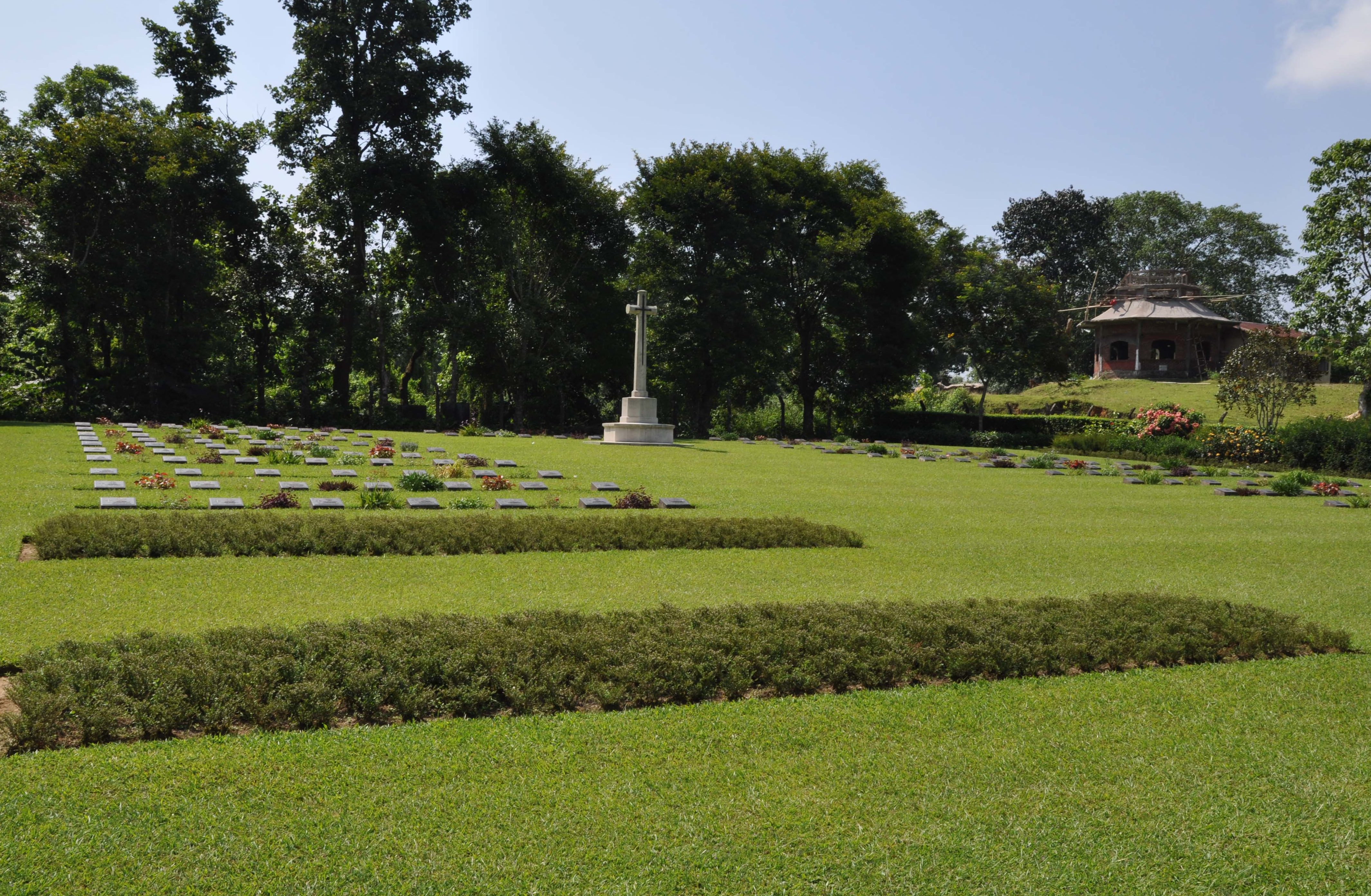
The black headstones, etched with names, regiment names and the respective symbols, are laid low among the green lawns and flowering plants. We read through the inscriptions and realised how young these soldiers were when they died fighting the war.
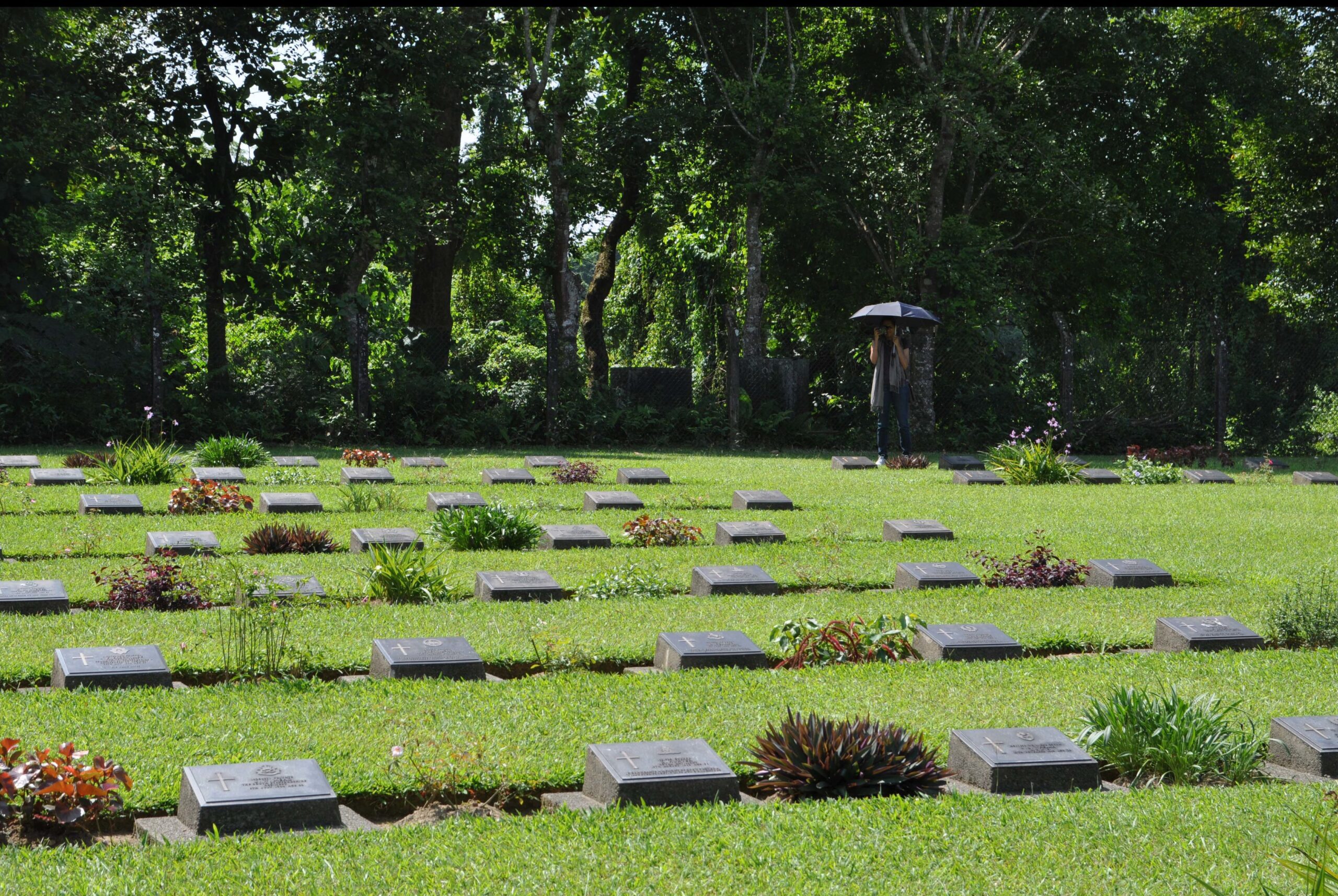
Discovery Well and Centenary Museum
Our next stop was the Digboi oil field where the Discovery Well and the Centenary Museum is located.
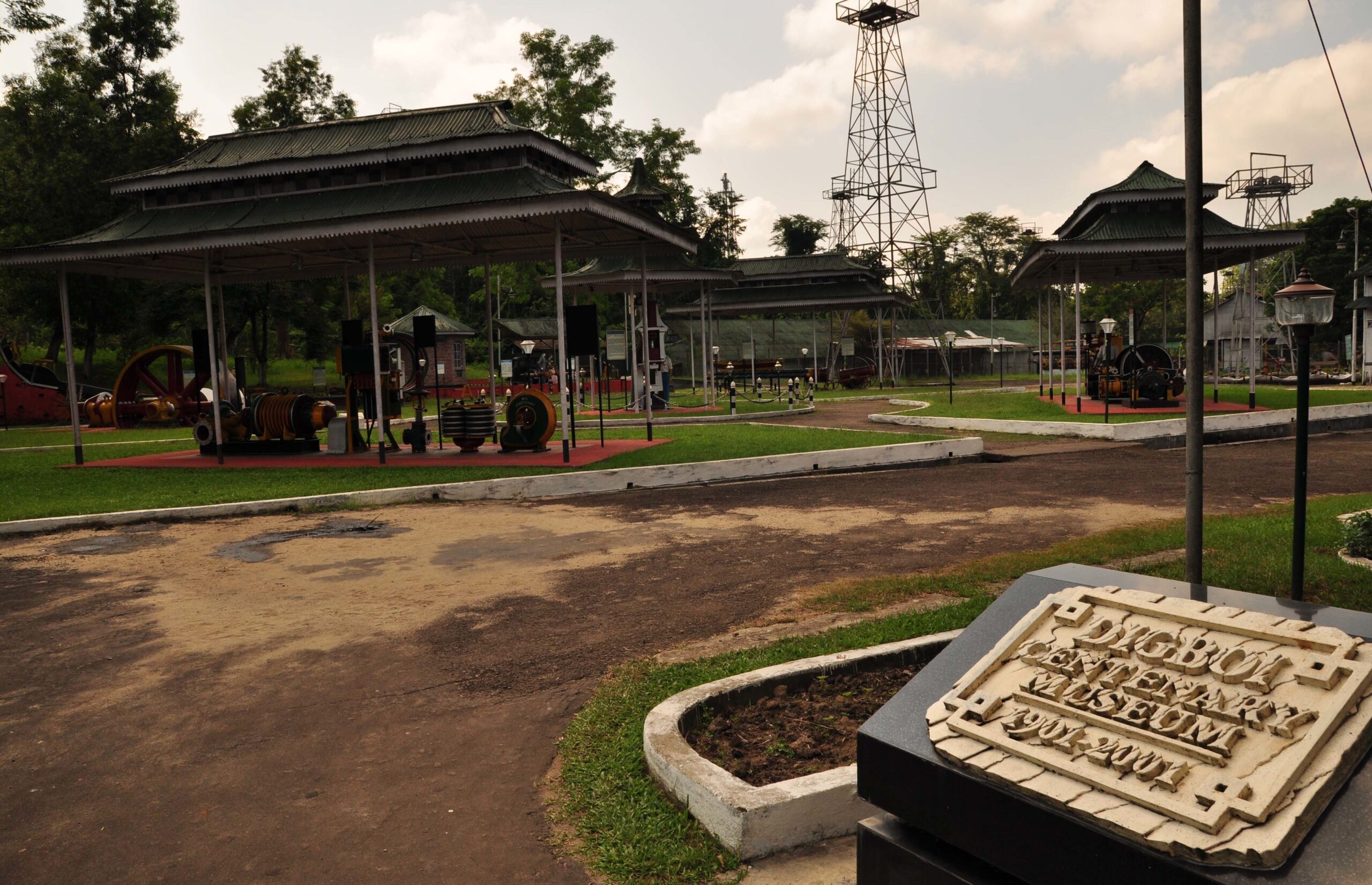
The Discovery Well is found under an electrical grid-like structure and, unbelievably, crude oil continues to stream out in trickles.
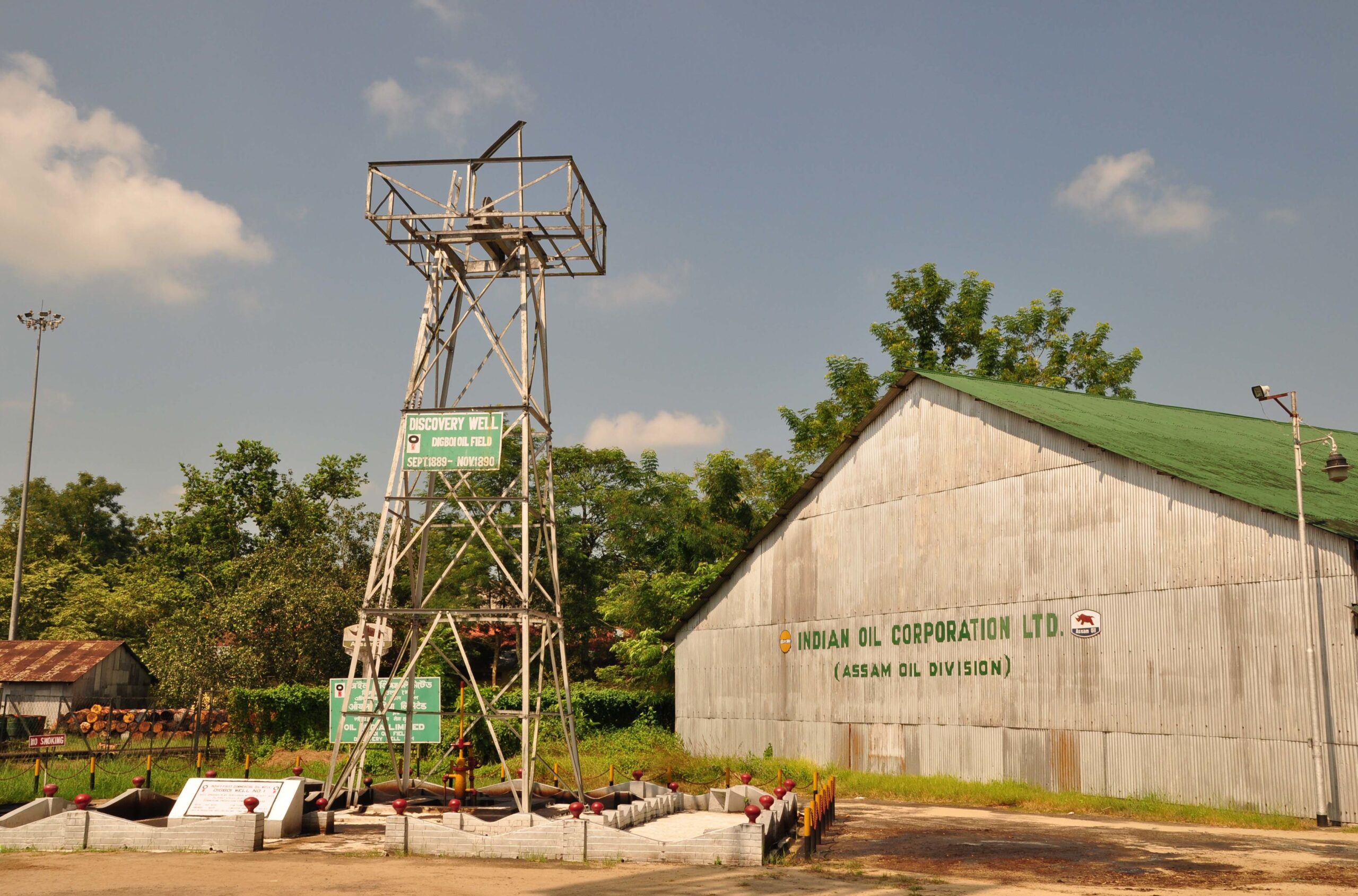
The museum showcases the history of oil exploration in Asia. Additionally, there is a collection of machine models, photographs, and memorabilia. However, photography is not allowed inside the museum.
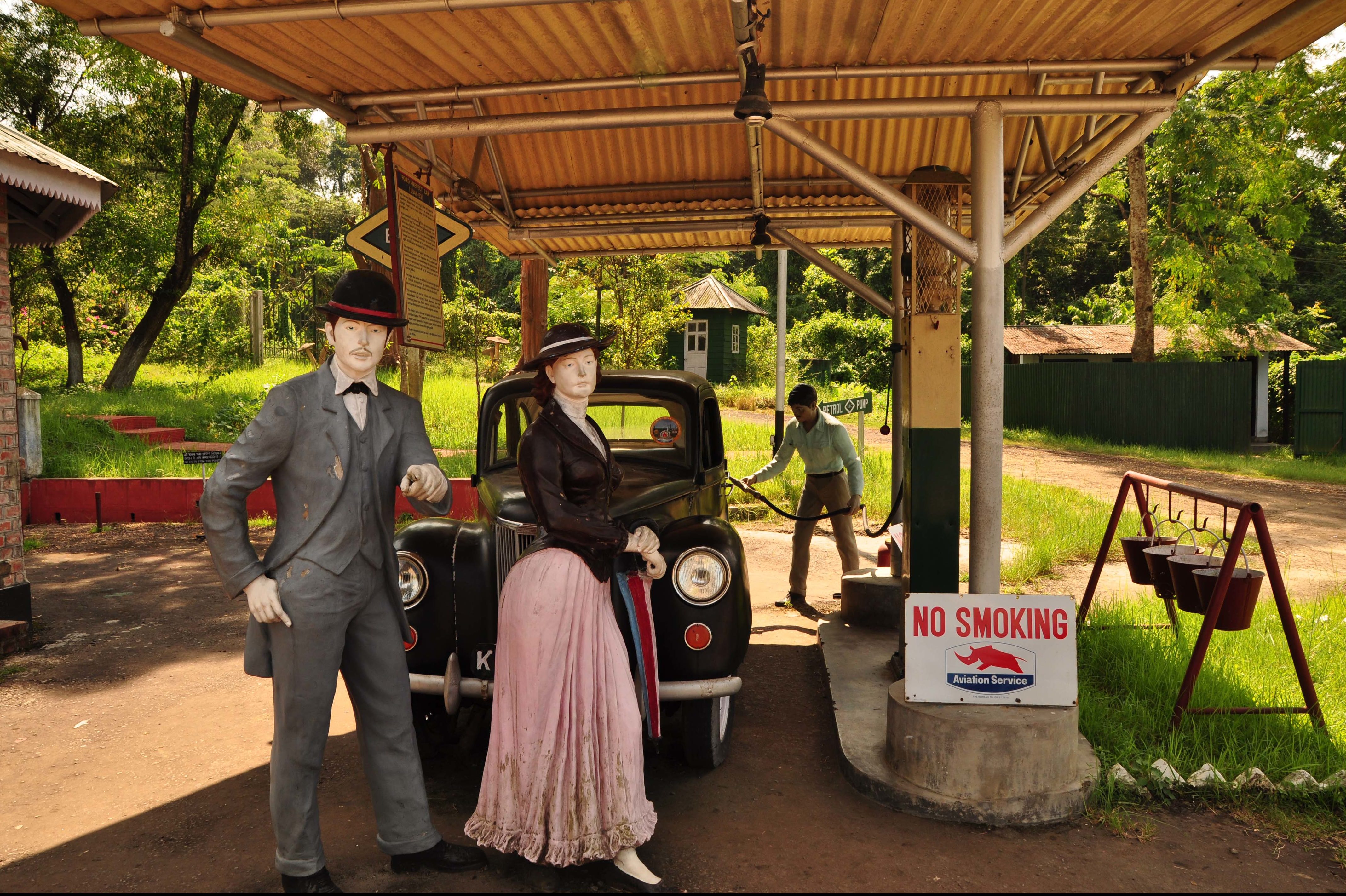
The machine models had self-explanatory notes and facts like when the model was introduced and when the model was ‘retired’.
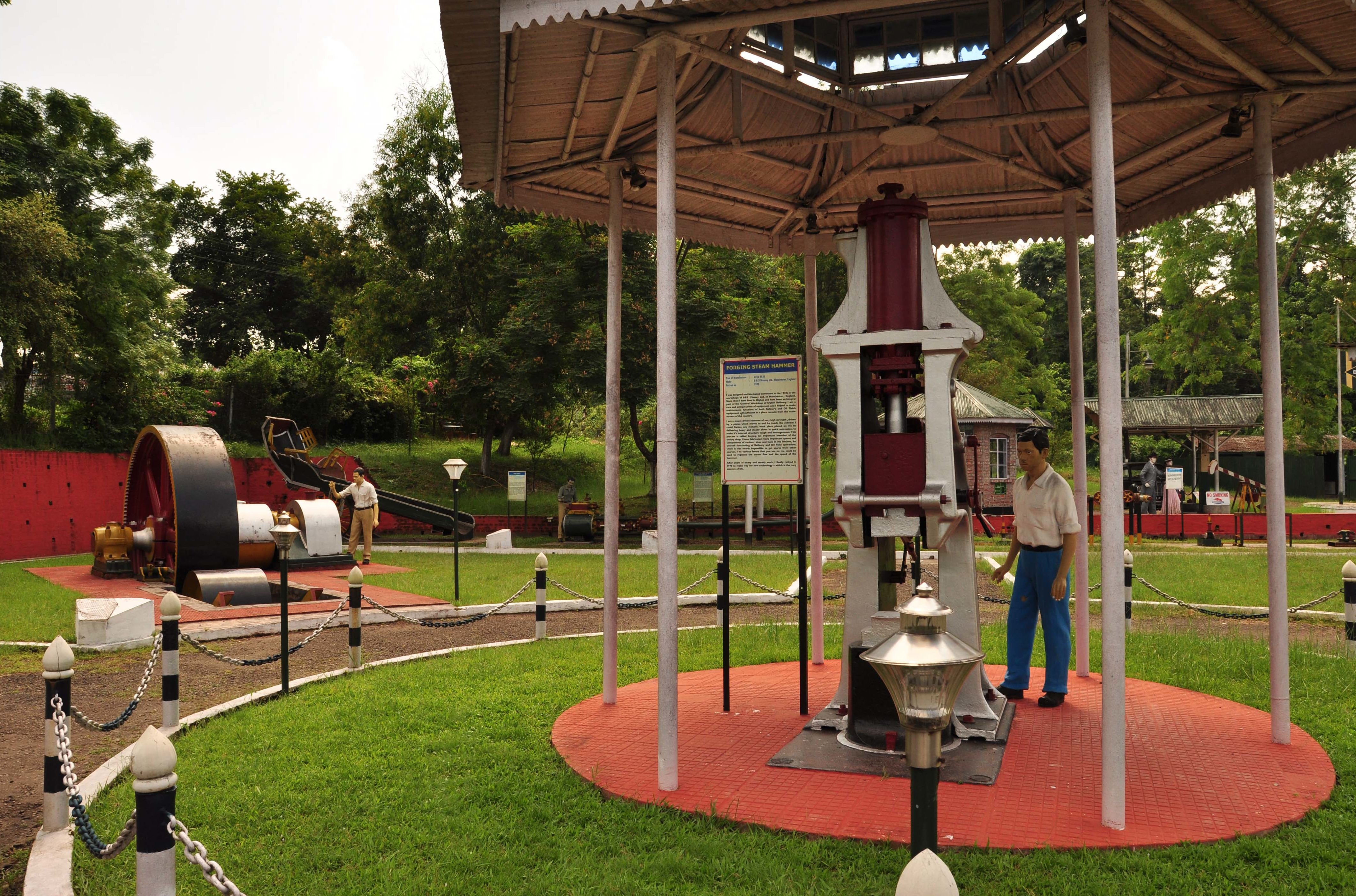
As we drove out of Digboi, we could see fire spewing out of the oil rigs of the Assam Oil Division.
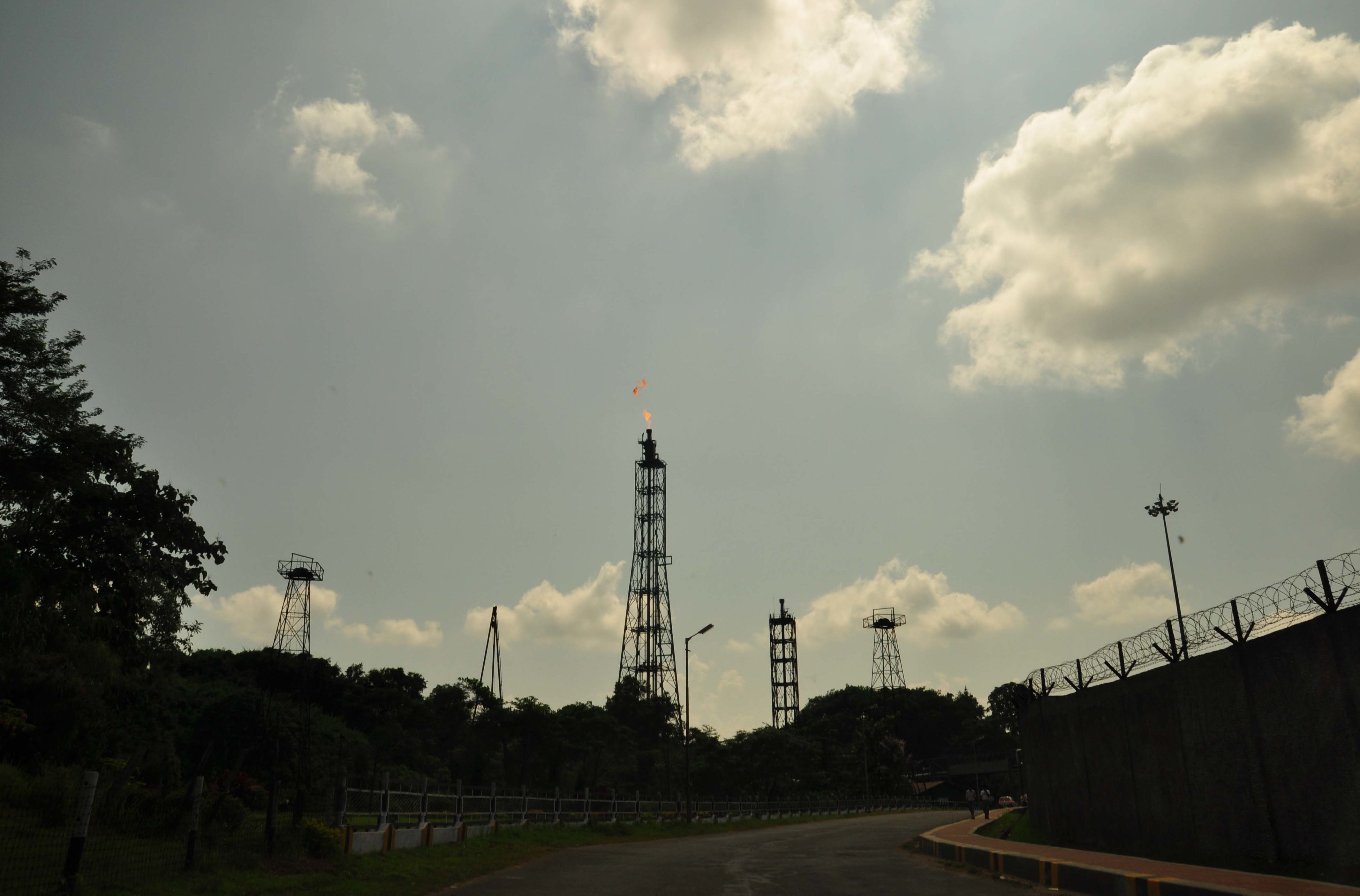
How to reach Digboi
Digboi is well connected by road, rail, and air. The nearest airport, Dibrugarh, is 65 km away and the nearest railway station, Tinsukia, is 34 km from Digboi. The Ledo Express (intercity express 15603/15604) runs daily from Guwahati to Ledo stopping at Digboi. The state-run transport, ASRTC, buses ply from all the major cities to Digboi.





4 Comments
Excellent. remembered my child hood. Its been almost 18 years that I am staying outside digboi, though got few opportunities to visit during this years but of course for a day or two at the most. I miss my Digboi very much. But now almost settled in Bangalore.
Thanks Surajit. Digboi was one of the cleanest and greenest towns we visited in Assam. Digboi had this Victorian touch, yet was so Indian. One day in Digboi, and we could feel a connection with the city. I can now understand how you feel after spending so many years in Digboi.
Digboi is a ‘must see’ spot in far NE. I liked your account of the Discovery Well and WWII Memorial, but surprised to see just 1 comment. It shows how unknown spots are ignored by ‘Tourists’.
The next station Margherita also has some historical background. There is ‘Coal Heritage and Museum’ (inaugerated just last year), place of first saw mill near railway station, 90 years old plywood factory etc.
The Railway Heritage Park at the New Tinsukia Jn is also worth visiting. If you haven’t, sure next time..
Thanks Alhad Sir. It’s true that Digboi is one of the ignored spots by ‘tourists’. But for the hardcore travellers like us, Digboi was a welcome change as it has been able to retain its Victorian charm. There was no one at the war cemetery when we visited the place, less than about 10 visitors at the Centenary Museum.
And the next time, I guess, we will need more than a day in Digboi – for the list is growing.